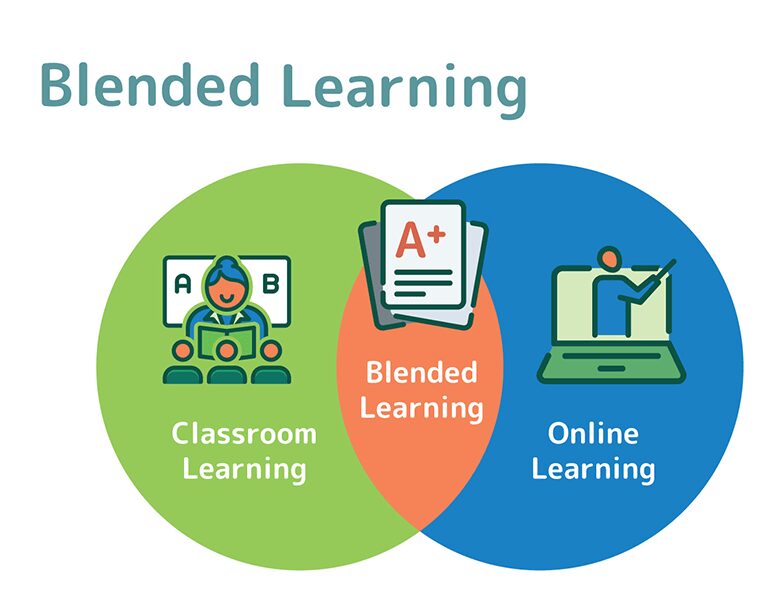Top 3 Benefits of Blended Learning


[ad_1]
The term ‘Blended Learning’ indicates that various methods of training will be incorporated in order to achieve the highest learning and maximum retention. In the past the only mode of training was face to face. Then with the emergence of technology, online training, gamification, elearning and microlearning, face to face training lost its importance. However, very quickly companies realised that the effectiveness had greatly been affected. Hence, over the past few years the methodologies have been ‘blended’. The term ‘Blended Learning’ was birthed.
“In order to create an engaging learning experience, the role of instructor is optional, but the role of learner is essential.” – Bernard Bull
In this article, the focus is on the 3 greatest benefits of blended learning that will help to enhance learning and application of the concepts.
-
- It augments the benefits of training: It is well known that learning is enhanced when the same concept is presented in different ways. This is the principle behind ‘Blended Learning’. After presenting the concepts in an instructor led face to face training session, the knowledge retention is significantly improved with the addition of a new method in the learning process, through elearning or gamification. It delivers a much richer training experience and helps employees to retain the new information better by applying on different platforms like elearning and gamification.
-
- It reduces and simplifies logistics: Each method of training has its pros and cons. Face to face training when led by an accomplished trainer can achieve profound results; however, managing the logistics of all the participants can be a nightmare. But when the live programs are reduced and the training is supported by video conferences and elearning, then the impact is not compromised. The last two training methods reduces the need for logistics and is also eco-friendly; e-copies of the training materials can be share thereby reducing the need for printing.
- It allows employees greater control over their training: Microlearning is shared through mobile phones and elearning is shared through Learning Management Systems. Both these methods allow employees to study the material on their own time from their phones or laptops. So long hours of travel has contributed to enhanced productivity as this time is used efficiently. Each person has a varied ability to learn. In face to face sessions, people who take longer to absorb new information have a hard time keeping abreast with the rest of the group. But when employees are given control over their learning, by being able to combine their face to face training sessions with online self study, unique learning needs and behaviors are met; this contributes dramatically to enhanced productivity and career growth.
According to the American Society for Training and Development, employees lose 90% of the skills they learned in training once they return to their jobs. This happens as the new information that was learnt was not repeated enough for retention and they revert to using the information that they are familiar with. However, with the advent of blended learning the impact of training has significantly improved as platforms like elearning and gamilfication invites the employees to apply the new content that they learned; thus making it familiar and comfortable. Hence, blended learning is here to stay.
[ad_2]
Source by Pramila M Mathew


















